Learn what Salmonella is and how it spreads from a chef's point of view, with real-world kitchen habits you can apply at home. This article breaks down the causes, symptoms, and simple prevention tips that keep your meals safe and your family healthy.
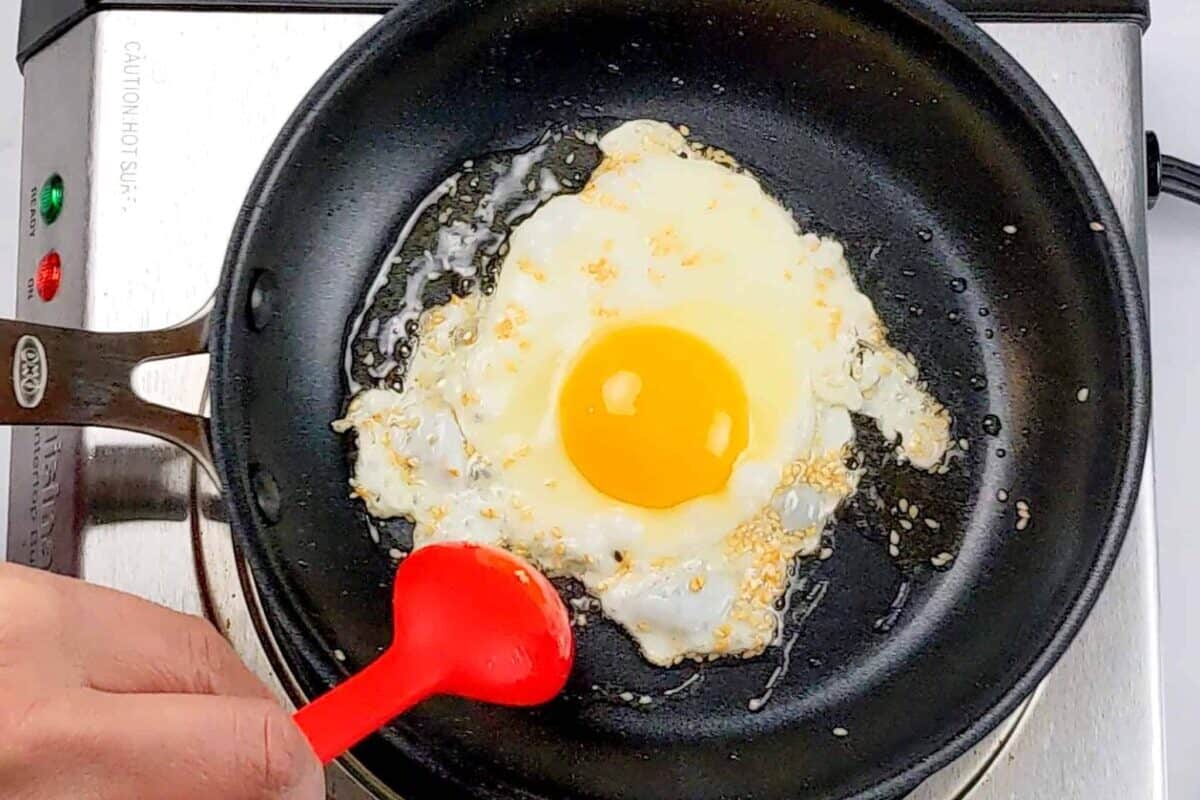
Table of Contents
Jump to:
- From the Chef's Perspective: Turning Food Safety Science into Everyday Kitchen Habits
- What Is Salmonella?
- What Chefs Learn About Salmonella
- Symptoms of Salmonella Infection
- Chef's Safety Tips for Every Kitchen
- The Big Question: Can You Eat Sunny-Side-Up Eggs?
- Application is Practice to Perfection
- Frequently Asked Questions
- More Food Safety Tips
- Cooking Tips and Tutorials
- Have a Comment or Question?
From the Chef's Perspective: Turning Food Safety Science into Everyday Kitchen Habits
As a chef, I'm not here to outdo the CDC or the Mayo Clinic. My goal is to translate all that scientific talk about Salmonella bacteria into real kitchen habits that protect you and your family.
I've seen firsthand what happens when food safety is compromised, such as when a line cook fails to check temperatures, raw chicken juices splash onto ready-to-eat ingredients, or when someone forgets to wash their hands.
Those small mistakes can have big consequences. This article breaks down what Salmonella is, how chefs prevent it every day, and how you can apply those same habits at home.
What Is Salmonella?
Salmonella is a group of bacteria that causes a foodborne illness known as salmonellosis. It's one of the most common causes of food poisoning in the United States, according to the Centers for Disease Control and Prevention (CDC).
These bacteria live in the intestinal tracts of animals and humans. They are most often transmitted through the consumption of raw or undercooked animal products, such as poultry, eggs, beef, and unpasteurized milk. Some outbreaks even come from leafy greens, nut butters, and pet food.
When the bacteria find their way into our kitchens, they don't need much to spread. Cross-contamination from raw meat juices on a cutting board or from the unwashed hands of an infected food handler is often all it takes.

Looking for other sources on Salmonella? Check out:
What Chefs Learn About Salmonella
In professional kitchens, food safety isn't just a guideline; it's a system. Every chef learns the four main ways to keep Salmonella under control:
- Time and Temperature Control - We cook poultry to 165°F and ground beef to 160°F, while maintaining cold foods at 40°F or below. Bacteria grow fast between 40°F and 140°F, known as the danger zone.
- Preventing Cross-Contamination - Using separate cutting boards for raw meats and ready-to-eat items is a non-negotiable step.
- Sanitizing Surfaces - After handling raw poultry or eggs, we clean kitchen work surfaces with hot soapy water or sanitizer.
- Personal Hygiene - Washing hands before switching tasks is the first line of defense against any foodborne illness.
In restaurants, we also get notifications from the health department or suppliers when there's a Salmonella outbreak or recall notice. At home, you can stay informed by subscribing to alerts at FoodSafety.gov or the U.S. Department of Agriculture (USDA) website.

Looking to stay informed with alerts? Check out FoodSafety.gov and the U.S. Department of Agriculture (USDA).
How Home Cooks Can Apply These Habits
Honestly, you don't need a culinary degree to protect your kitchen. Here's how to bring chef-level awareness to your home environment:
- Keep raw poultry and meat cold in the refrigerator until ready to cook. Never leave it at room temperature for an extended period.
- Use a thermometer to make sure foods reach a safe internal temperature before serving.
- Wash your hands and utensils after touching raw meat or eggs.
- Avoid unpasteurized milk or homemade ice cream made with raw eggs.
- Store leftovers in shallow containers to cool them evenly.
- Clean kitchen surfaces regularly, especially after preparing animal products.

These steps might seem small, but together they can drastically reduce your risk of Salmonella food poisoning.
Symptoms of Salmonella Infection
Even with the best precautions, infections still happen. The symptoms of Salmonella usually appear 6 to 72 hours after exposure and may include:
- Abdominal cramps and pain
- Severe diarrhea
- Fever or chills
- Nausea or vomiting
- Loss of appetite
Most healthy adults recover within a few days with rest and plenty of fluids, but young children, older adults, pregnant women, and people with weakened immune systems (such as those with sickle cell disease) are at higher risk of severe dehydration or complications. If symptoms worsen or persist for more than a few days, it's best to consult a healthcare provider.

Looking for more detailed information about Salmonella Symptoms? Check out these symptom pages on the CDC and Harvard Health Publishing.
Chef's Safety Tips for Every Kitchen
- Wash cutting boards and counters with hot soapy water after handling raw foods.
- Always cook poultry, eggs, and ground meat thoroughly.
- Refrigerate perishable items within two hours, one hour if it's hot outside.
- Avoid washing raw chicken, which can spread bacteria through splashing.
- Sanitize sponges and towels frequently or replace them often.
- When in doubt, throw it out. No dish is worth a trip to the hospital.

I live by the saying "When in doubt, throw it out," especially when an ingredient looks or smells even slightly off, because no recipe is worth the risk of getting sick. Remember, it costs more to be ill than healthy.
The Big Question: Can You Eat Sunny-Side-Up Eggs?
Technically, yes, but only if you understand the risk of Salmonella bacteria that can live inside or on the shell of raw eggs. In restaurants, chefs often use pasteurized eggs, which have been gently heated to kill bacteria without cooking the egg. That's how we safely serve runny yolks in dishes like hollandaise or over-easy eggs.
Remember. At home, you can reduce the risk by:
- Buying pasteurized eggs (they're labeled as such).
- Storing eggs below 40°F and avoiding those left at room temperature.
- Avoiding cracked or dirty shells, which can let bacteria in.
- Cooking eggs until whites are firm if serving to young children, older adults, pregnant women, or anyone with a weakened immune system.
Application is Practice to Perfection
Understanding what Salmonella is doesn't have to be overwhelming. As chefs, we rely on simple, consistent habits to prevent outbreaks and protect our guests. By applying those same steps, cleaning surfaces, cooking foods thoroughly, and keeping your workspace organized, you can run your home kitchen with the same care and confidence.

Food safety isn't about fear. It's about respect for the food we serve and the people we feed.
Recommended Reads
- Mise en Place 101: The Home Cook's Guide to Prepping Smarter
- How to Prevent Cross-Contamination in Your Kitchen
- Kitchen Safety Tips for Families: A Guide for Cooking Together
- Listeria and Frozen Dinners: Why Food Safety Matters
- Smart Storage and Kitchen Safety Tools I Can't Live Without
Frequently Asked Questions
Here, you will find a list of common questions that I have answered. If you have questions, please write them in the comment section below.
Salmonella bacteria enter the body through contaminated or undercooked foods of animal origin, such as raw poultry, eggs, or dairy products.
Most cases resolve within four to seven days without treatment, but severe cases may require intravenous fluids or medical care.
Yes. Contamination can occur through animal feces in soil or water, or during food preparation when raw meats and produce share unclean surfaces.
Practice good kitchen hygiene, cook food to safe temperatures, and avoid cross-contamination.
More Food Safety Tips
Looking for tips on how to prevent foodborne illnesses in your kitchen like this? Try these:
- How to Marinate Chicken: Tips, Quick Methods & Flavorful Shortcuts
- Listeria and Frozen Dinners: Why Food Safety Matters
- Smart Storage and Kitchen Safety Tools I Can't Live Without
- Understanding Food Temperature Safety Zones: Cook, Store & Serve Safely
Cooking Tips and Tutorials
If you found this tutorial helpful, you'll love my Cook's Notebook collection. From knife skills and flavor bases to time-saving tricks and essential equipment guides, this section is packed with chef-tested lessons to help you cook with confidence.
- How to Cut Up a Whole Chicken | Step-by-Step Guide
- Best Pans for Searing Chicken (and How Each One Behaves)
- Cooking Tips for Searing Chicken
- How to Cut Chicken: Large Chunks vs Small Dice
Subscribe to the YouTube Channel
SUBSCRIBE: 👈To my YouTube Channel to Get Notifications of New Videos.


Chef Maika Frederic
Chef and Educator
Haitian-American chef and educator Maika Frederic blends bold flavors with approachable recipes. With a background in both professional kitchens, classrooms, and children therapy as a trained chef, former teacher and technician she brings a thoughtful, inclusive touch to every dish. Through her platform, Just Maika Cooking, she shares diverse meals and practical tips to empower home cooks of all ages and levels.
Disclaimer: The information in this article is for educational and informational purposes only and reflects the professional experience and opinion of a chef, not a medical professional. It should not be used as a substitute for medical advice, diagnosis, or treatment. Always consult a qualified healthcare provider or your local public health department for questions or concerns about foodborne illness or symptoms of Salmonella infection.
Have a Comment or Question?
If you have a question or comment about this post, please post it below. You will receive a prompt response. It also helps our other readers to stay informed. Thanks!


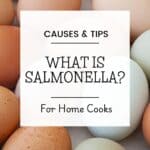
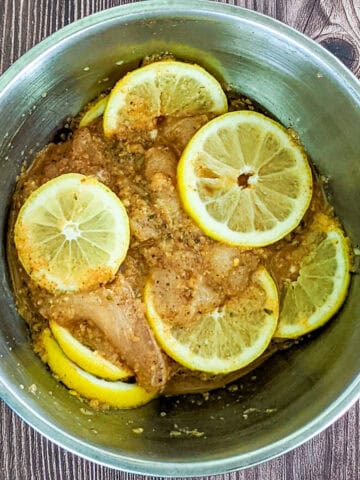
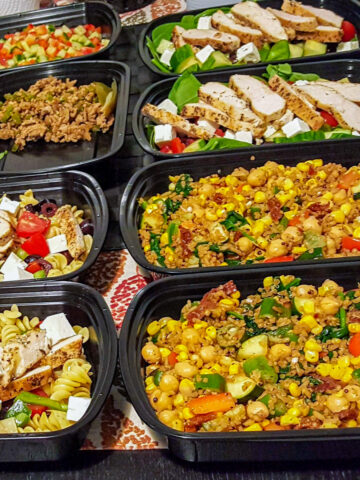
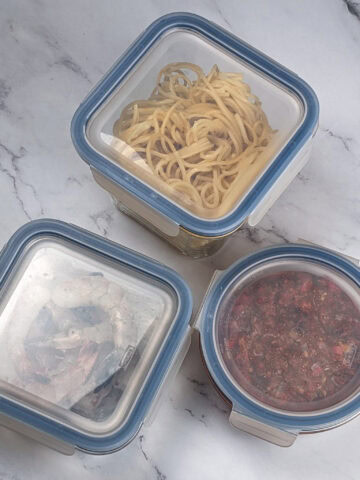

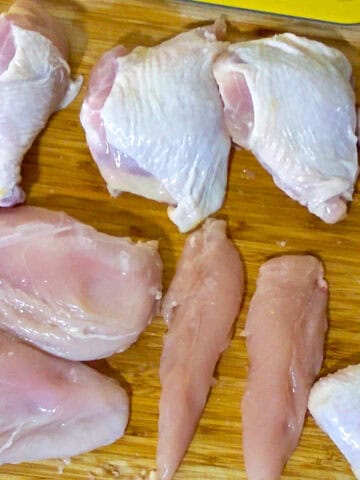
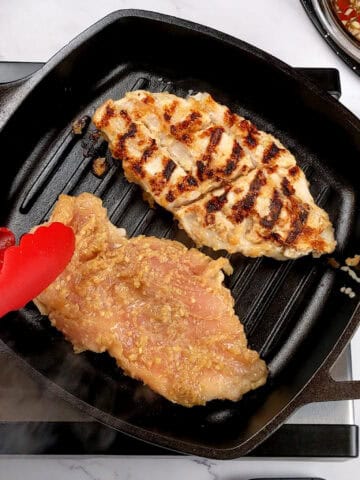

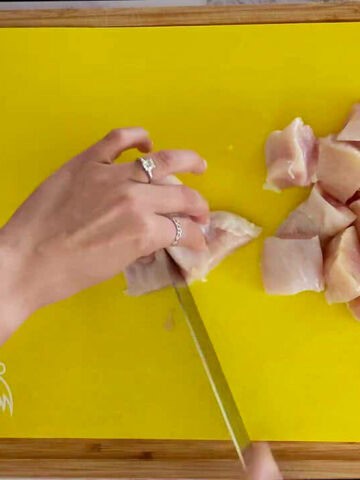
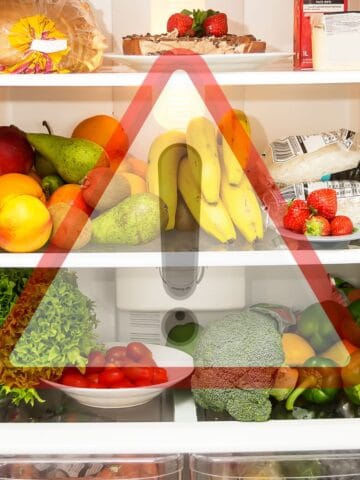
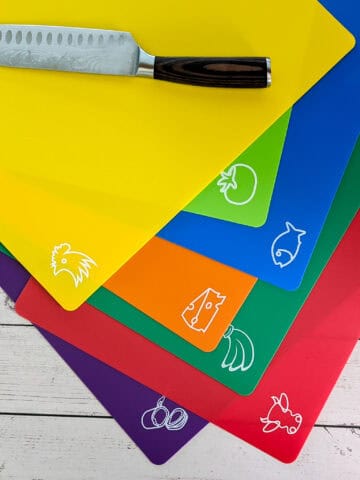
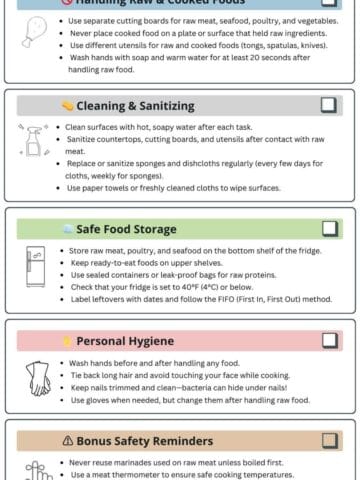
Leave a Reply